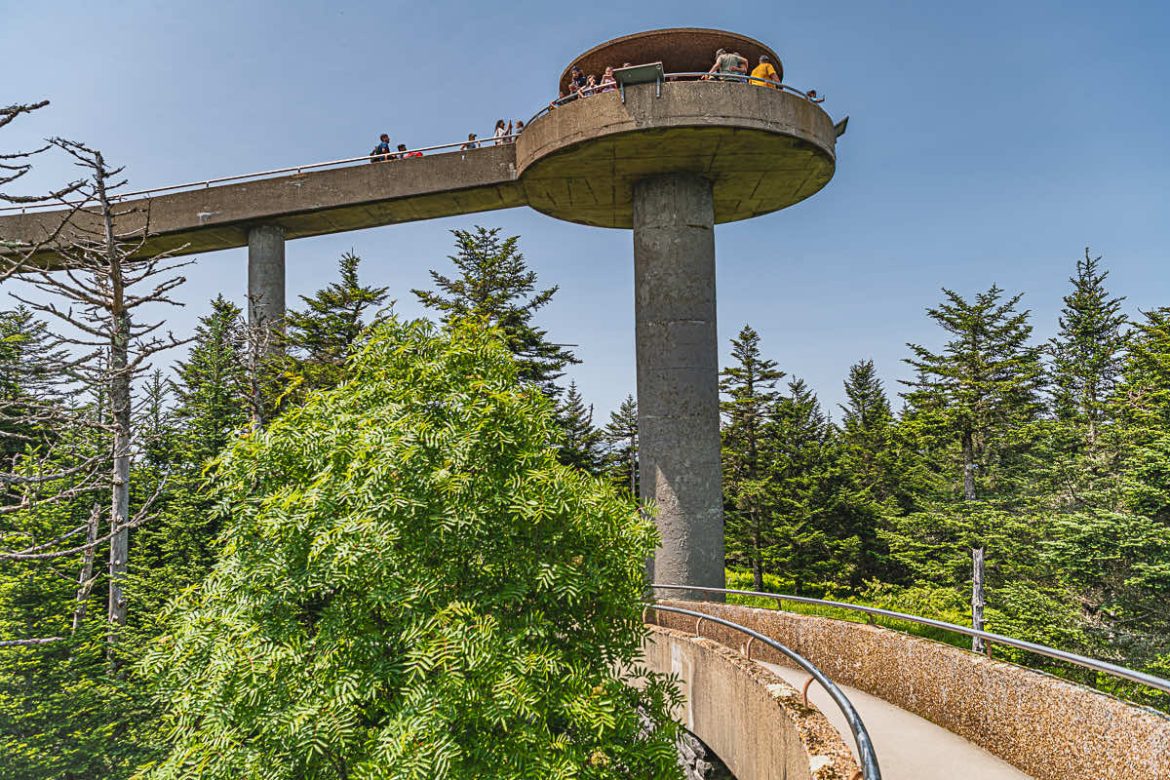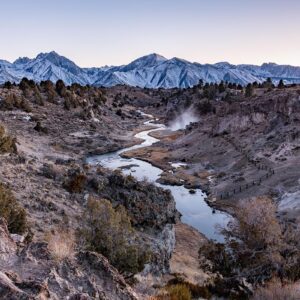Kuwohi
Kuwohi, formerly known as Clingmans Dome, is the highest peak in Great Smoky Mountains National Park and one of the tallest mountains in the eastern United States, standing at an impressive 6,643 feet. With breathtaking panoramic views, unique ecosystems, and cultural significance to the Cherokee people, Kuwohi is more than just a scenic destination—it is a place of deep historical and natural importance.
As the park service and tribal leaders recognize the original Cherokee name, Kuwohi (meaning “Mulberry Place”), the mountain’s rich Indigenous heritage is coming back into the spotlight. Whether you’re an avid hiker, a nature enthusiast, or a history buff, exploring Kuwohi is an unforgettable experience.
The Name Change and Cherokee Cultural Significance
The renaming of Clingmans Dome to Kuwohi reflects the deep connection the Cherokee people have with this mountain. In Cherokee tradition, Kuwohi was considered a sacred site, an important landmark, and a place of spiritual significance. The mountain was believed to be home to powerful spirits and played a role in Cherokee oral histories and myths.
For centuries, the Cherokee used Kuwohi as a navigational marker and a place for vision quests. The name change represents an effort to restore and honor Indigenous history, ensuring that visitors recognize the land’s cultural roots alongside its natural beauty.
The Scenic Views and Observation Tower
One of the most well-known features of Kuwohi is its iconic observation tower. Built in 1959, the circular concrete structure offers visitors a 360-degree view of the Smoky Mountains. On clear days, you can see as far as 100 miles, with rolling ridgelines extending into Tennessee and North Carolina.
While the tower remains a popular destination, visitors can also enjoy stunning vistas along the paved trail leading up to it. The path itself, though only 0.5 miles long, is quite steep, making it a rewarding challenge for hikers.
Hiking and Exploring Kuwohi
There are multiple ways to experience Kuwohi, depending on how adventurous you feel. The most popular route is the short but strenuous paved trail to the observation tower. However, several other trails allow for a more immersive journey into the surrounding wilderness.
1. Clingmans Dome Trail (Kuwohi Summit Trail)
Distance: 1 mile round trip
Difficulty: Moderate to strenuous
Features: A paved but steep pathway leading to the observation tower. Great for casual visitors looking for a quick but rewarding trek.
2. Forney Ridge Trail
Distance: 5.6 miles round trip
Difficulty: Moderate to difficult
Features: Leads to Andrews Bald, a scenic meadow with breathtaking views. A fantastic trail for those looking to avoid crowds and experience more of Kuwohi’s natural beauty.
3. Appalachian Trail Segment
Distance: Variable (can be as short as 2-3 miles or as long as a multi-day trek)
Difficulty: Moderate to strenuous
Features: Kuwohi is a major landmark on the famous Appalachian Trail. Hikers can walk along the ridgeline and experience the rugged terrain that defines the Smokies.
The Unique Ecosystem of Kuwohi
Kuwohi is home to a rare and fragile ecosystem, shaped by its high elevation and cooler temperatures. Unlike the lower elevations of the Smoky Mountains, the peak supports a subalpine spruce-fir forest, similar to those found in Canada.
- Red Spruce and Fraser Fir Trees: These evergreen trees dominate the summit and provide habitat for unique wildlife.
- Rare Wildlife: Look out for the endangered spruce-fir moss spider and high-elevation bird species like the northern saw-whet owl.
- Wildflowers: In the spring and summer, the trails leading up to Kuwohi burst with mountain laurel, rhododendron, and wildflowers.
Because of the sensitive nature of this ecosystem, it’s important for visitors to stay on designated trails and respect the delicate balance of this high-altitude environment.
Weather and Best Times to Visit
The weather at Kuwohi can be unpredictable due to its elevation. Temperatures can be 10-20 degrees cooler than in lower sections of the park, and fog is common.
Best Seasons to Visit:
- Spring (April – June): Mild temperatures, blooming wildflowers, and fewer crowds.
- Summer (July – August): Ideal for escaping the heat, but expect afternoon thunderstorms.
- Fall (September – November): Spectacular foliage with crisp, cool weather.
- Winter (December – March): A stunning but challenging experience due to icy roads and snow.
Getting to Kuwohi
Kuwohi is accessible via Clingmans Dome Road, a scenic 7-mile drive off Newfound Gap Road (US 441). However, this road is closed from early December to late March due to snow and ice.
During the warmer months, visitors can drive up to the Clingmans Dome parking area and begin their hike from there. Those visiting in winter can still access the area by hiking from Newfound Gap, but be prepared for icy conditions and unpredictable weather.
Conclusion
Kuwohi, formerly Clingmans Dome, remains one of the most awe-inspiring destinations in Great Smoky Mountains National Park. Whether you come for the breathtaking views, the challenging hikes, or the chance to connect with the history of the Cherokee people, Kuwohi offers an experience unlike any other.
As visitors explore its slopes and take in the panoramic vistas from the summit, they are stepping into a place that has been sacred for centuries. By learning about its cultural and ecological importance, we ensure that Kuwohi continues to inspire generations to come.
Nearby Locations:
| Andrews Bald (1.5 miles) Great Smoky Mountains National Park (3.4 miles) Chimney Tops Trail (5.3 miles) Alum Cave Trail (6.3 miles) Mt Le Conte (7.2 miles) | Charlies Bunion (8.9 miles) Meigs Falls (12.3 miles) The Townsend Wye (13.5 miles) Biltmore Estate (53.2 miles) Chattahoochee National Forest (66 miles) |
Lists & Guides Including Kuwohi
Maps & Directions:
Get Driving Directions:
Kuwohi, Forneys Creek, North Carolina 28713
This time, it's OK to leave a trace (Review)
There are no reviews yet. Be the first one to write one.












